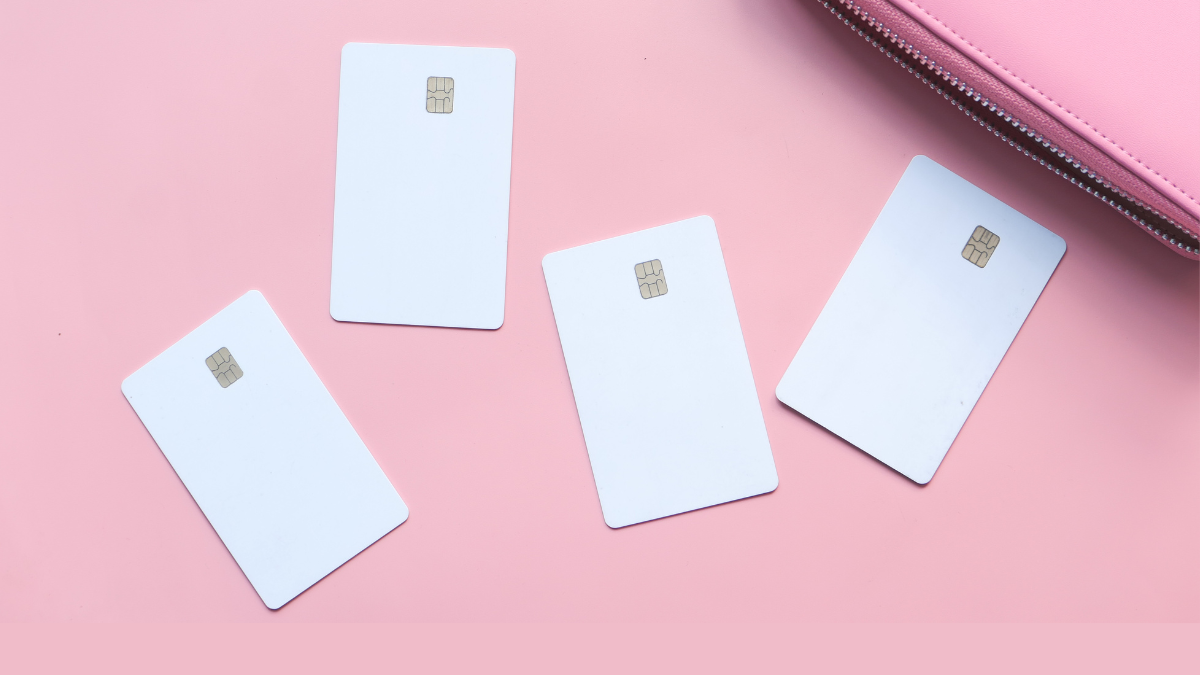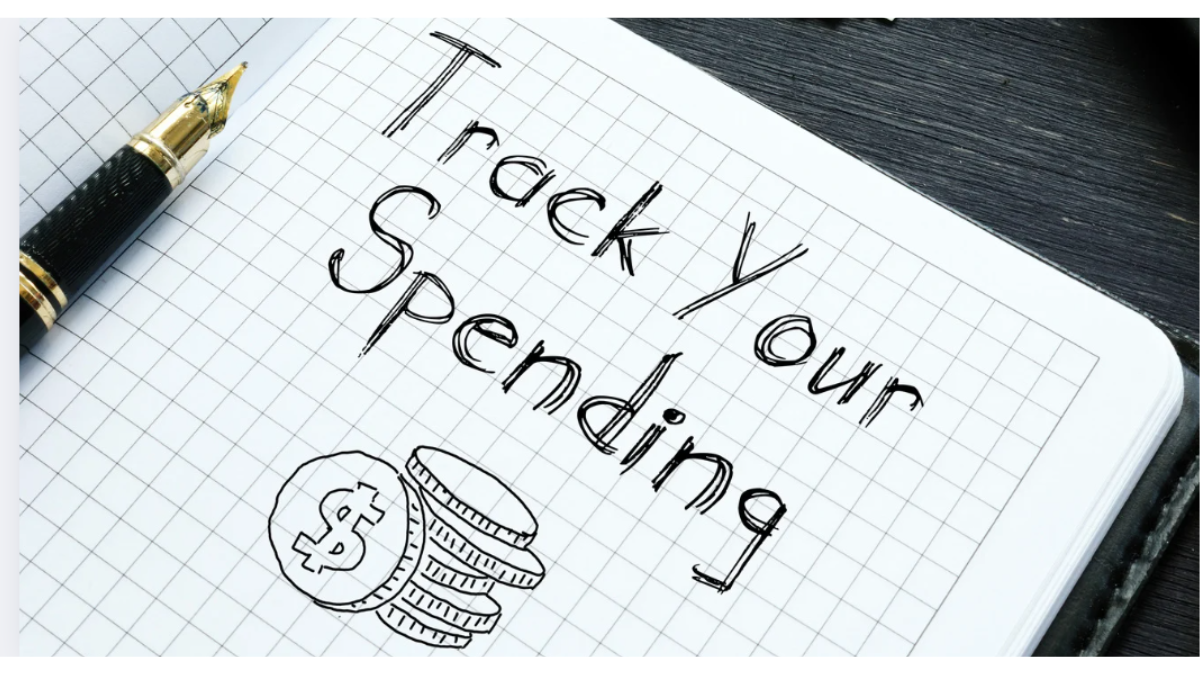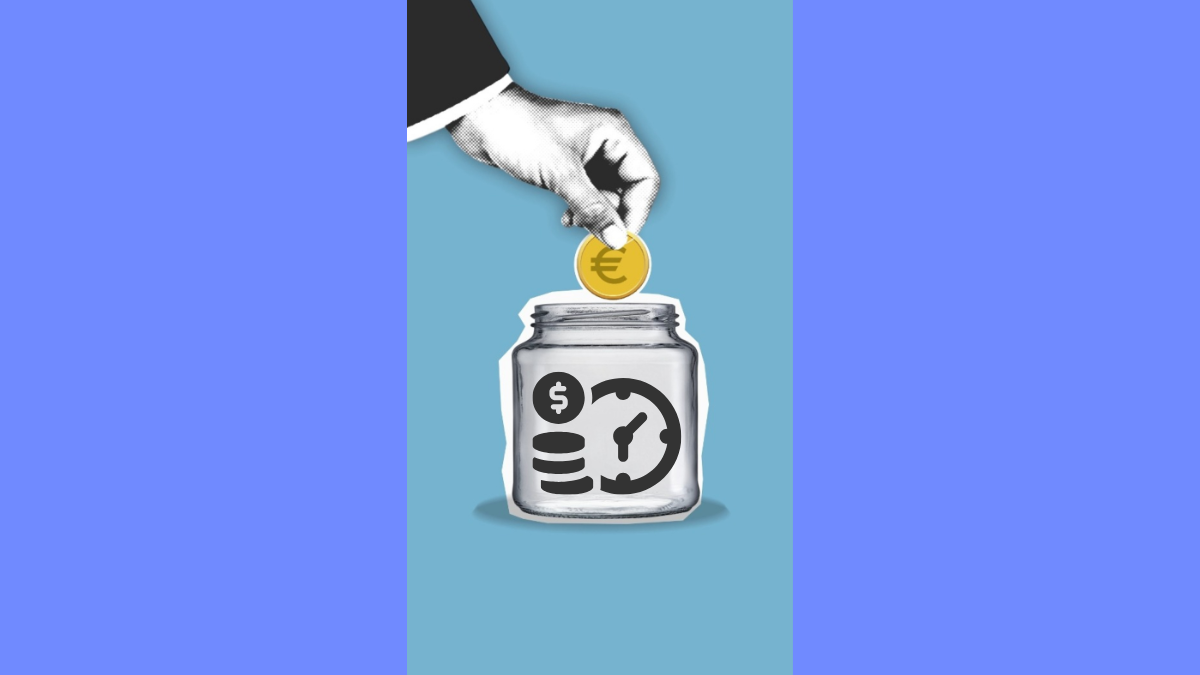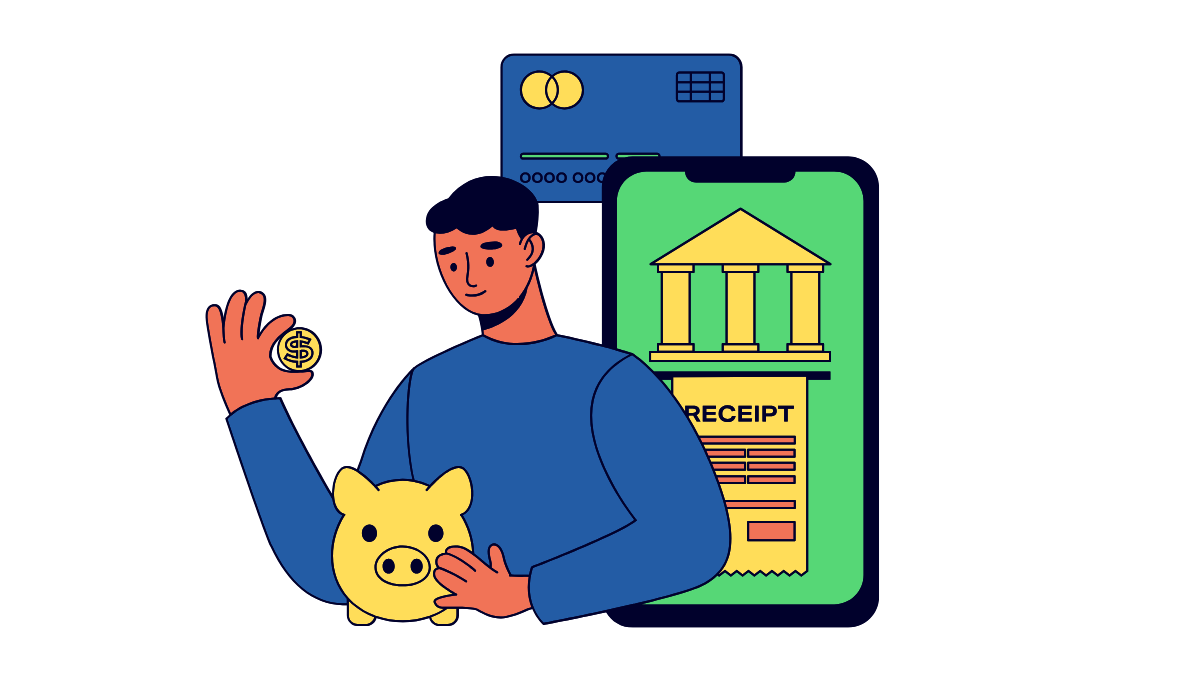Why Tracking Your Spending Matters
Most people don’t realize where their money goes — until it’s gone. Tracking your spending shines a light on your habits and gives you control.
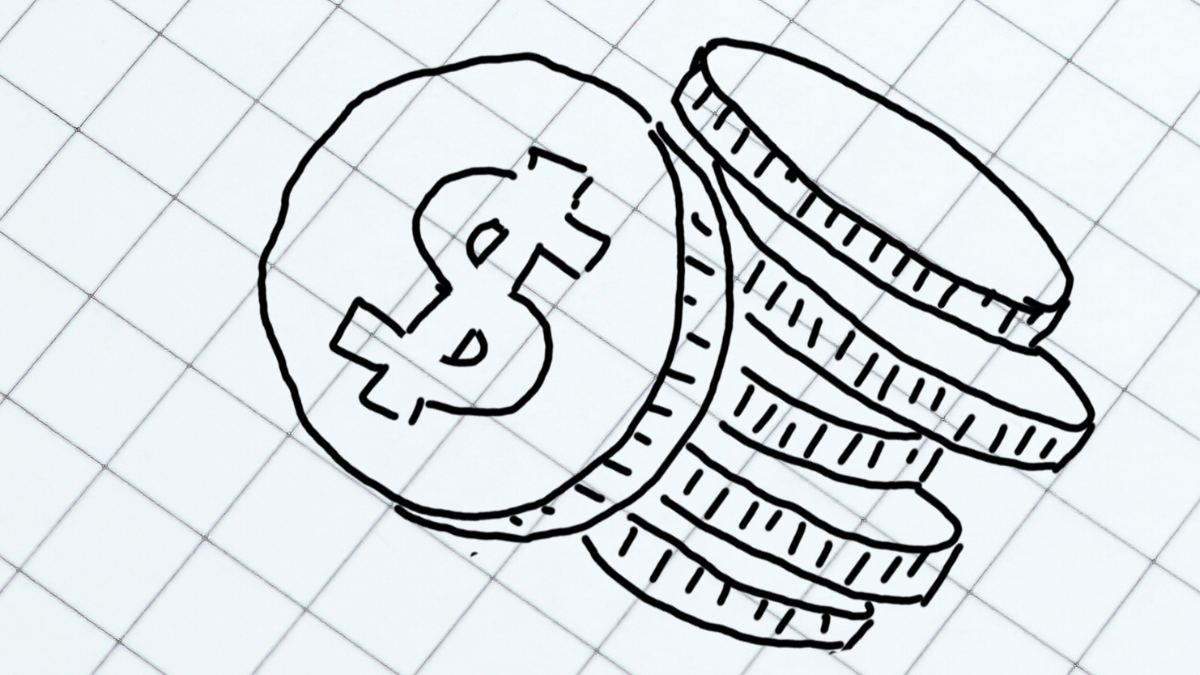
- It’s the first step in building a budget that actually works.
- Helps identify wasteful spending or hidden patterns.
- Supports your financial goals — whether saving, paying off debt, or investing.
Real example: You might think you spend $50 a month on takeout, but after tracking, you discover it’s closer to $180. That’s over $2,000 per year — and that awareness can help you redirect funds to savings or investing.
How Spending Habits Affect Your Finances
Your day-to-day spending patterns shape your financial future. Whether you realize it or not, every swipe, tap, and charge sends a signal to your budget — and over time, those habits can either build wealth or lead to stress and debt.
Here's how your spending behavior plays out:
- Impulse purchases create leaks in your budget — often driven by emotion, boredom, or convenience.
- Recurring micro-expenses like daily coffees, streaming services, or rideshares seem small but compound dramatically over time.
- Lack of awareness causes you to overspend in areas you wouldn’t expect — like dining out, subscriptions, or random Amazon orders.
These patterns are invisible unless you track them. Once visible, you gain control — allowing you to consciously redirect spending toward your goals.
Ways to Track Spending: Manual vs Digital
How you track your spending should match your personality. Some people thrive with pen and paper. Others need real-time alerts and colorful graphs. The method matters less than sticking to it consistently — so choose one that feels sustainable.
Manual Tracking
- Write down purchases in a notebook or spreadsheet.
- Offers complete control and high awareness.
- Helpful for resetting bad habits or overspending patterns.
- Time-intensive; requires daily discipline.
Best for people who want to break spending patterns through awareness.
Digital Tracking
- Connects automatically to your bank and credit card accounts.
- Auto-categorizes expenses and provides monthly summaries.
- Apps like YNAB, Monarch, or Rocket Money offer goal tracking and real-time alerts.
- Requires trust in automation and regular review.
Ideal for busy people or those managing multiple accounts.
You don’t need to choose just one — many users manually log high-risk categories (like food delivery) while letting apps track recurring bills and income.
Best Apps for Tracking Expenses
Apps make expense tracking easier, faster, and more accurate — especially if you manage multiple accounts. But not all tools are equal. Here are the most effective options based on use case:
- YNAB (You Need A Budget): Best for goal-based budgeting. Forces you to assign every dollar a job and syncs with all major banks. Great for detail-focused users.
- Rocket Money: Designed for subscription control, auto-savings, and bill negotiation. Excellent if you're losing money on forgotten services or want an all-in-one dashboard.
- Monarch Money: Best for couples or shared finances. Offers collaborative budgeting, joint goals, and cash flow projections.
- Spendee: Great for visual learners — offers color-coded categories and spending trends. Strong option for international users too.
- Copilot: iOS-exclusive with AI-powered categorization and stunning design. Ideal for users who want smart suggestions and sleek UX.
Many of these tools offer free trials, but paid versions unlock premium features like multi-goal planning, debt payoff timelines, and custom alerts.
Step-by-Step: How to Start Tracking Today
Whether you prefer spreadsheets or apps, the key is to start simple and build consistency. Here's a proven process for tracking your spending — even if you've never done it before:

- Choose your method: App (like YNAB, Rocket Money) or manual tracking (spreadsheet, notebook).
- Connect your accounts if digital, or gather 1–2 months of bank/credit card statements.
- Categorize spending: Label each transaction (e.g., groceries, dining, gas, subscriptions).
- Spot patterns: Which categories are highest? Where are you overspending?
- Set realistic limits for the next 30 days based on what you discover.
- Review weekly: Spend 10 minutes every Sunday reviewing your activity and adjusting limits.
Most people overspend simply because they don’t know where their money goes. Awareness alone is a game changer — and it starts with your first week of tracking.
Tips to Stay Consistent & Motivated
Most people start strong with tracking, then stop after a few weeks. The key to long-term success isn’t perfection — it’s building a system that works even when life gets busy. Here’s how:
- Pick a tracking time: Set a recurring weekly “money review” — even 10 minutes every Sunday makes a huge difference.
- Make it visible: Keep your app on your home screen or place a monthly budget snapshot on your fridge or workspace.
- Reward yourself: Set micro-goals (e.g., spend $50 less on takeout this month) and use savings for something you’ll enjoy — guilt-free.
- Don’t aim for perfection: Missing a few days doesn’t mean you failed. Just start tracking again — the habit matters more than the streak.
- Share your goals: If comfortable, involve a partner or friend in your process — accountability boosts consistency.
Turning Insights Into Actionable Changes
Tracking your spending is just the beginning — what truly changes your financial life is what you do with the insights. Here’s how to translate raw data into decisions that improve your budget, savings, and stress levels:
- Cut what doesn’t add value: If you see spending in areas that don’t bring real satisfaction — like unused subscriptions, random snacks, or impulse buys — set caps or cut them out.
- Double down on what works: Noticed that cooking at home saved you $200/month? Reinvest part of that into better groceries, or divert it to savings.
- Create flexible limits: Set realistic boundaries for each category instead of trying to eliminate entire expenses. A $100/month dining budget is better than zero — and more sustainable.
- Automate smart habits: Use what you learned to automate bill payments, savings transfers, and even alerts if you near budget limits.
Build a feedback loop: Review spending every month. Ask: What went well? What surprised me? What would I change next month?
Resources
Advertiser Disclosure
Official government templates that help users track income, expenses, and build a spending plan.

Provides an updated list of top-rated apps like Mint, YNAB, Rocket Money, etc., with pros/cons for each.

Educational deep-dive into why tracking expenses matters, different methods, and how to build consistency.

